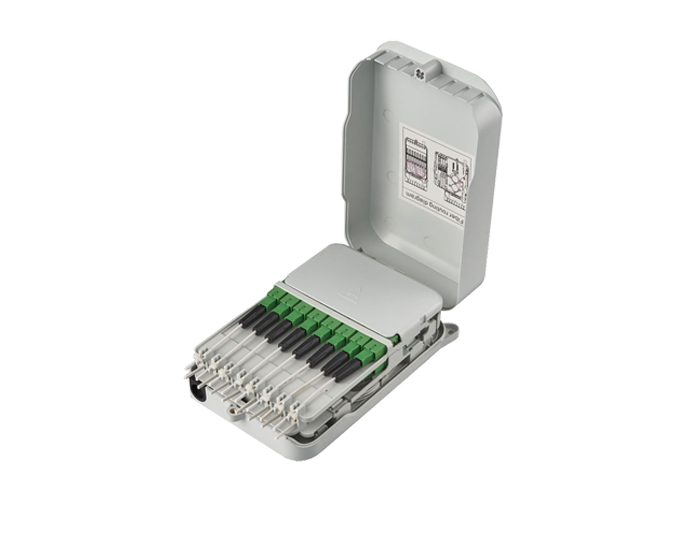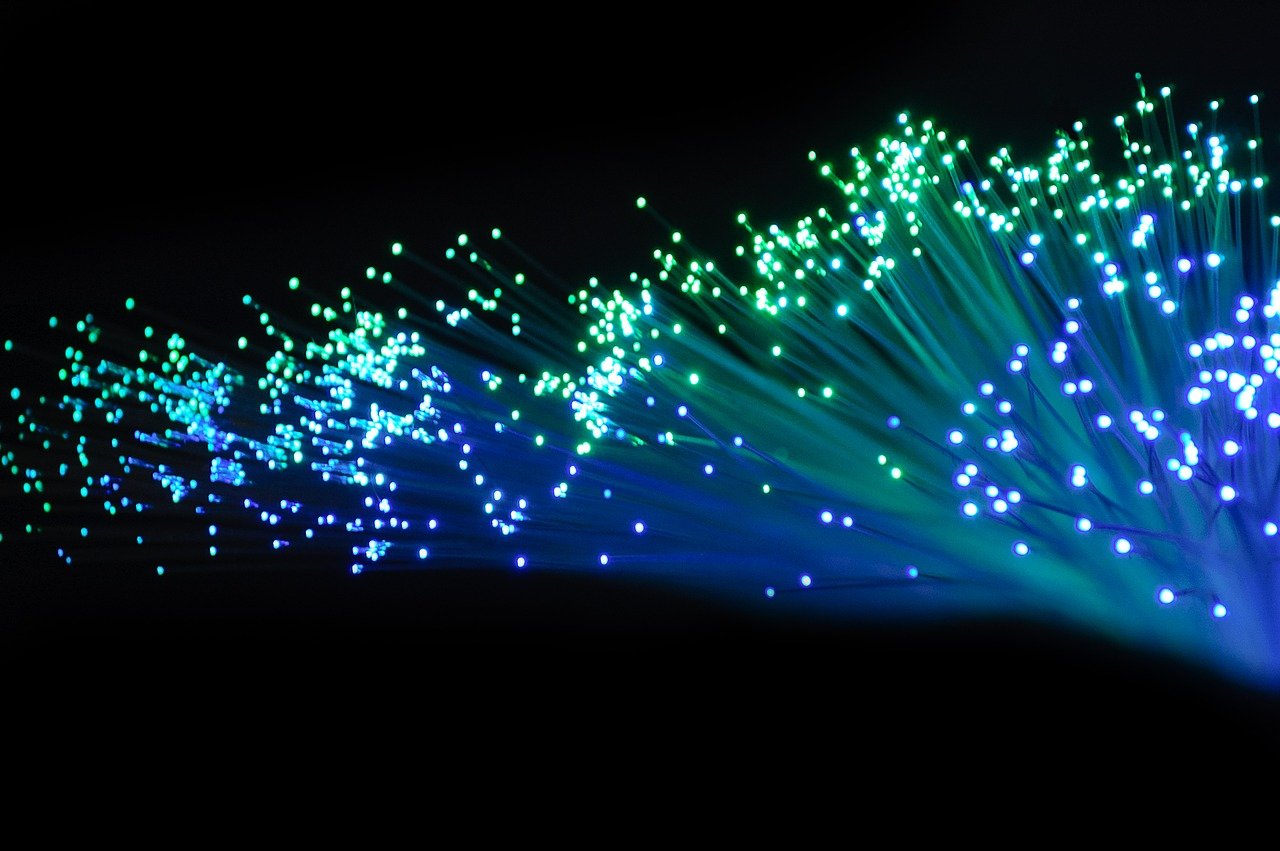Understanding Fiber Optic Terminal Boxes for FTTH Applications

FTTH Technology Overview
Fiber Optic Connectors
In FTTH applications, fiber optic terminal boxes serve as the Optical Distribution Point, providing a crucial connection point for fiber optic cables. These terminal boxes play a pivotal role in ensuring efficient signal transmission and reception within the FTTH network. By acting as the interface between the optical fibers and the customer premises equipment, they enable seamless connectivity for high-speed internet, voice, data, and video services.
List:
Facilitate seamless connectivity for high-speed internet
Act as an interface between optical fibers and customer premises equipment
Fiber Optic Connectors
Types of Fiber Optic Connectors
When it comes to FTTH applications, various types of fiber optic connectors are commonly utilized to ensure seamless connectivity and efficient signal transmission. The SC (Subscriber Connector), LC (Lucent Connector), and ST (Straight Tip) connectors are among the most prevalent choices in FTTH installations. Each type of connector offers distinct advantages based on factors such as performance, cost-effectiveness, and the specific method of installation.
Importance of Proper Connector Installation
The proper installation of fiber optic connectors is paramount in maintaining low signal loss and ensuring reliable connections within the FTTH network. Precision and cleanliness during the installation process are crucial to prevent any signal degradation that could potentially impact the overall performance of the fiber optic connections.
Terminal Box Installation
Installation Process of Fiber Optic Terminal Boxes
When it comes to the installation of fiber termination boxes in FTTH applications, several key steps are involved to ensure a seamless and reliable connection. The process begins with the mounting of the terminal box in a suitable location, followed by the careful splicing of fibers to establish the necessary connections. Securing cable connections is another critical aspect of the installation process, ensuring that all components are firmly in place for optimal performance.
List:
Mounting the terminal box in a suitable location
Splicing fibers carefully to establish necessary connections
Securing cable connections for optimal performance
Best Practices for Terminal Box Installation
To guarantee a robust and future-proof installation, adhering to industry standards and guidelines is essential. Proper grounding measures should be implemented to safeguard against electrical issues, while protection from environmental factors such as moisture and dust is crucial for long-term performance and reliability.
Following these best practices not only ensures an efficient installation but also contributes to the overall integrity and longevity of the optical termination point within the FTTH network.
Advantages of Terminal Boxes
Enhanced Signal Integrity
One of the key benefits of fiber termination boxes is their ability to safeguard fiber connections from external interference, thereby ensuring enhanced signal integrity and reliability. By providing a protective enclosure for the delicate fiber optic connections, these terminal boxes minimize the risk of signal degradation caused by environmental factors or external disturbances. This protection contributes to maintaining consistent and high-quality signal transmission, which is essential for supporting various services such as high-speed internet, voice communication, and video streaming.
Furthermore, the design of optical distribution points facilitates easy maintenance and upgrades within the FTTH network. This means that any necessary adjustments or enhancements can be carried out with minimal disruption, ultimately minimizing downtime and ensuring continuous service availability for end-users.
Space and Cost Efficiency
In addition to their role in preserving signal integrity, terminal boxes offer notable advantages in terms of space and cost efficiency. These boxes are designed to optimize space utilization by providing a centralized and organized solution for managing fiber optic connections. This streamlined approach not only reduces physical clutter but also contributes to efficient cable management, making it easier to identify and troubleshoot any issues that may arise.
Moreover, the implementation of fiber termination boxes leads to overall cost efficiency in FTTH installations. Their ability to centralize and organize fiber optic connections reduces the need for extensive additional equipment or complex infrastructure, resulting in cost savings without compromising on performance or reliability.
Technology Overview of FTTH
FTTH Infrastructure Components
The FTTH network technology comprises a range of essential components that collectively enable the seamless delivery of high-speed internet and diverse services to end-users. The key infrastructure components include optical fibers, splitters, terminal boxes, and customer premises equipment. Optical fibers form the backbone of the FTTH network, serving as the medium for transmitting data at incredible speeds over long distances. Splitters play a crucial role in dividing the optical signal from a single fiber into multiple streams, allowing it to reach multiple users without compromising performance.
Furthermore, fiber to the home technology overview emphasizes the significance of terminal boxes as vital connection points within the network. These boxes facilitate efficient signal distribution and connectivity for various services such as voice communication, data transfer, and video streaming. Lastly, customer premises equipment forms the interface between end-users and the FTTH network, enabling seamless access to high-speed internet and other digital services.
Future of FTTH Technology
The future of FTTH network technology is poised for continuous advancement with ongoing developments in fiber optics and network equipment. As demand grows for high-speed and reliable internet connectivity, FTTH technology is expected to play an increasingly crucial role in meeting these needs. Advancements in fiber optics will further enhance data transmission capabilities, ensuring that FTTH remains at the forefront of delivering cutting-edge digital experiences to consumers.
Significance in FTTH
Importance of Fiber Optic Terminal Boxes
The deployment of terminal boxes holds immense significance in the realm of FTTH networks. As the central hub for fiber optic connections, these boxes serve as the backbone of the network, ensuring a reliable and efficient solution for seamless connectivity. By functioning as the optical distribution point, they play a pivotal role in maintaining signal integrity and facilitating the smooth transmission of high-speed internet, voice, data, and video services to end-users. The strategic placement and utilization of terminal boxes contribute to the overall efficiency and performance of FTTH installations.
See Also
Simplifying Setups: FiberHome Flat Drop Cable
Attaining Optimal Performance with Affordable Fiber Optic Connections
Grasping FTTR Concealed Fiber Cable: A Revolutionary Answer
The Function of Fiber Optic Cables in Below-Ground Setups
Investigating the Advantages of the 960 Core Fiber Optical Splice Closure


